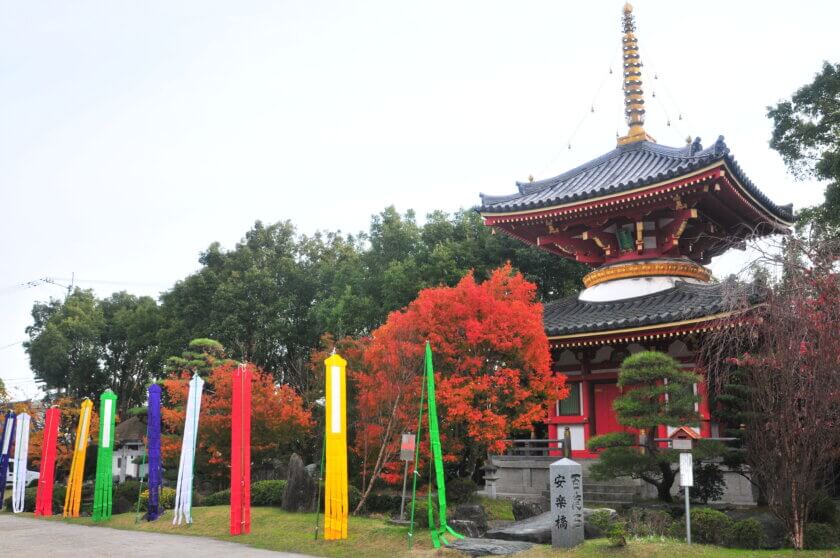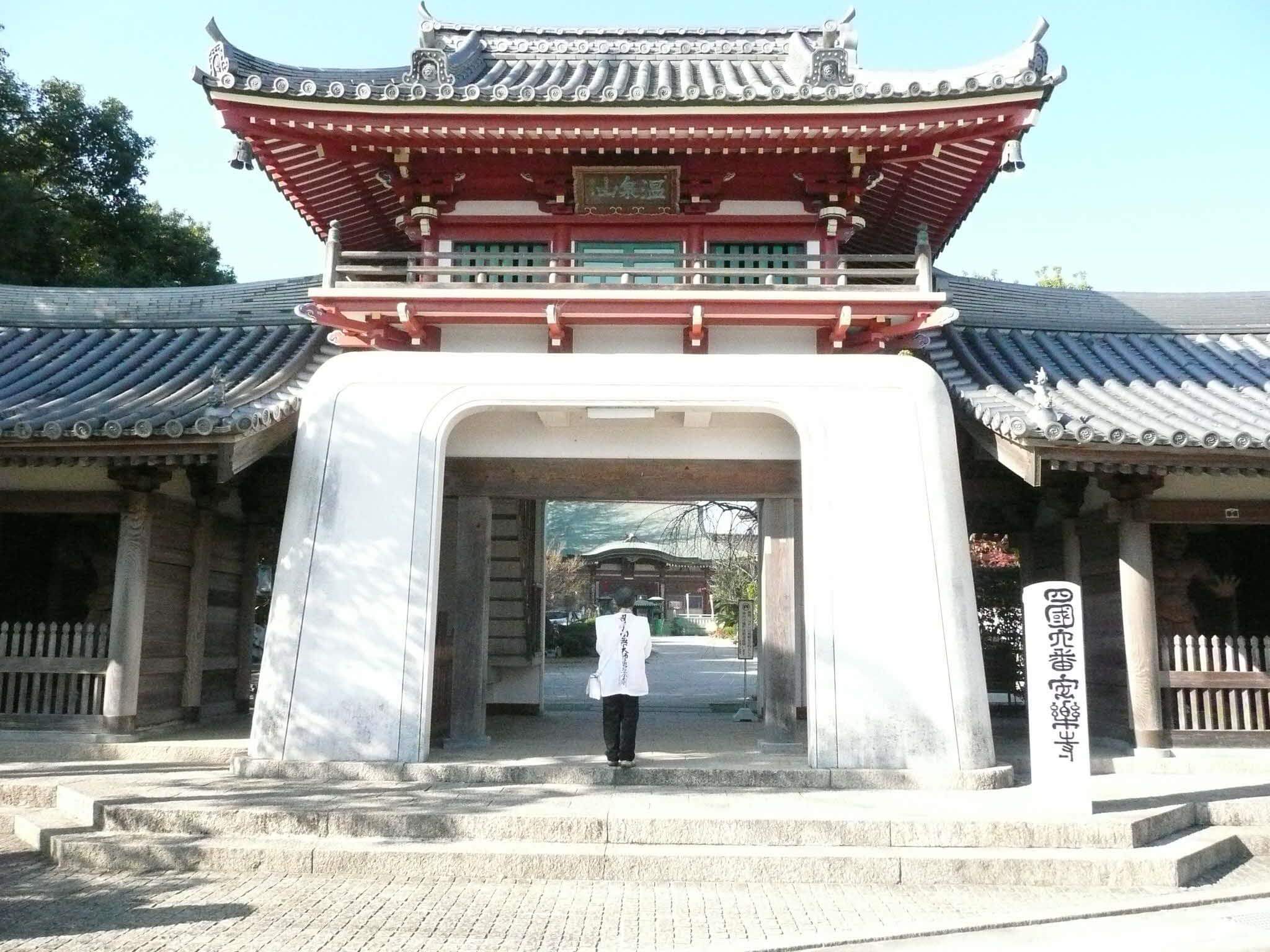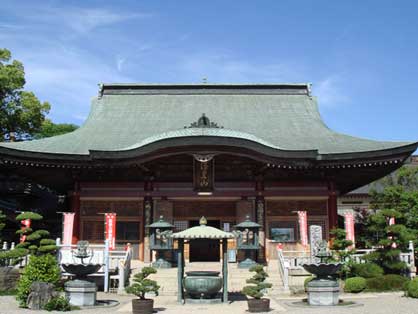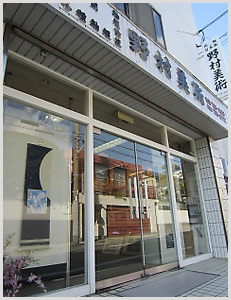Shikoku Pilgrimage Temple: No. 6 Anraku-ji

Contents
Anraku-ji: Heal the Fatigue of the Pilgrimage with Temple Lodging Hot Springs
- Name: Onsen-zan Rurikō-in Anraku-ji
- Main Deity: Yakushi Nyorai (Medicine Buddha)
- Goeika (Pilgrimage Song):
- In this fleeting world, struggles for land and wealth are in vain.
- Seek the protection of the Pure Land of Peace.
Access From Temple No. 5 (Jizō-ji):
- On Foot: Follow the pilgrimage path that runs parallel to the prefectural road. The route passes through a residential area with little traffic, making it easy to walk. Approx. 5.2 km / 1 hour 30 minutes.
- By Car: Follow the pilgrimage path that runs parallel to the prefectural road. The route passes through a residential area with little traffic, making it easy to walk. Approx. 5.2 km / 1 hour 30 minutes.
- Public Transport: Follow the pilgrimage path that runs parallel to the prefectural road. The route passes through a residential area with little traffic, making it easy to walk. Approx. 5.2 km / 1 hour 30 minutes.
A Healing Hot Spring Blessed by Kōbō Daishi
It is said that Anraku-ji was founded during the Kōnin era (810–824), when Kōbō Daishi carved a statue of Yakushi Nyorai. The temple’s mountain name “Onsen-zan” (“Hot Spring Mountain”) reflects a legend associated with a local hot spring. According to the tale, Kōbō Daishi discovered a reddish spring bubbling up from the ground and praised its healing properties. He encouraged those suffering from illness to bathe in the spring and enshrined Yakushi Nyorai, who saves all beings from the suffering of disease.
The legendary spring is located approximately 2 km northwest of the current temple grounds. It is said that the temple’s land once stretched from that area to its present location.
A Serene Temple Surrounded by Greenery

The temple gate, known as Ryūgū-mon, has a unique structure: its lower part is plastered in white and shaped like a hakama-skirted tower. The second level serves as a belfry. Independent rooms on either side of the gate house statues of Niō guardian deities. Passing through the gate, the main hall comes into view. On the left stands a stone torii gate leading to a shrine for Benzaiten.

Farther in, you’ll see the vermillion-painted Tahōtō pagoda, beyond which lie the Kannon Hall and the Main Hall. To the right of the Main Hall stands the Daishi Hall, called Henjō-kaku. The antique wooden Daishi Hall contrasts with the appearance of the Main Hall. The Main Hall enshrines the principal deity, Yakushi Nyorai, along with his twelve heavenly generals (Jūni Shinshō).
One of the most striking buildings in the temple grounds is the thatched-roof Hōjō (abbot’s quarters), which was once used as the reception hall for the Tokushima feudal lords. It is now a Registered Tangible Cultural Property. Its dignified presence contributes to the peaceful atmosphere of the entire temple precinct.
DATA
Address: 8 Hiki-no, Itano-cho, Itano-gun, Tokushima Prefecture
Phone: 088-694-2046
Access: From JR Itano Station (Kōtoku Line), take the Tokushima Bus bound for Kajiyabara. Get off at Higashibara and walk 10 minutes.
Parking: Available (Free)
Lodging: The temple offers 57 rooms, including both traditional Japanese-style rooms and Western-style rooms with beds. Accommodates up to 80 guests. The atmosphere is more like a ryokan (Japanese inn) than a traditional shukubō. The large communal bath can hold around 20 people. Meals are Japanese-style, featuring seafood and other dishes. Participation in the morning service at the main hall is optional. Rates start from 7,900 yen including two meals. Lodging without meals is also available.
Your Pilgrimage, Your Art
Completing the Shikoku Pilgrimage is a once-in-a-lifetime journey—but what if you could preserve it in a form that lasts forever?
Many pilgrims collect red stamps and calligraphy from each temple on a special silk scroll called a nōkyōjiku.
This sacred record of your path can be transformed into a kakejiku—a traditional Japanese hanging scroll—not only preserving the memories, but turning them into a work of cultural and spiritual art.
It’s more than a souvenir—it’s a way to honor your journey, your prayers, and your growth.
To learn more about how a nōkyōjiku becomes a kakejiku, and what makes this transformation so meaningful, please refer the below link.


